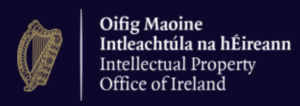Hello Folks. There are five days remaining to hand in your numbers for the 2021 Tote Boards.
Every year, after the Tote Boards get finished and published, an email message will arrive from some law firm that did not hand in its numbers on time. The law firm begs to please be included in one or another of the Tote Boards. The result of course, is that some other firm that was, say, listed in third place in one of the Tote Boards might now end up in fourth place. But that firm might already have posted on their web site that they had earned third place on a Tote Board!
The way to avoid such problems of course is simply for you to hand in your numbers before the closing date. This year, the closing date will be Wednesday, February 2, 2022. That is five days from now. Please get your numbers in by the close of business on Wednesday, February, 2022. To hand in your numbers, click here.


